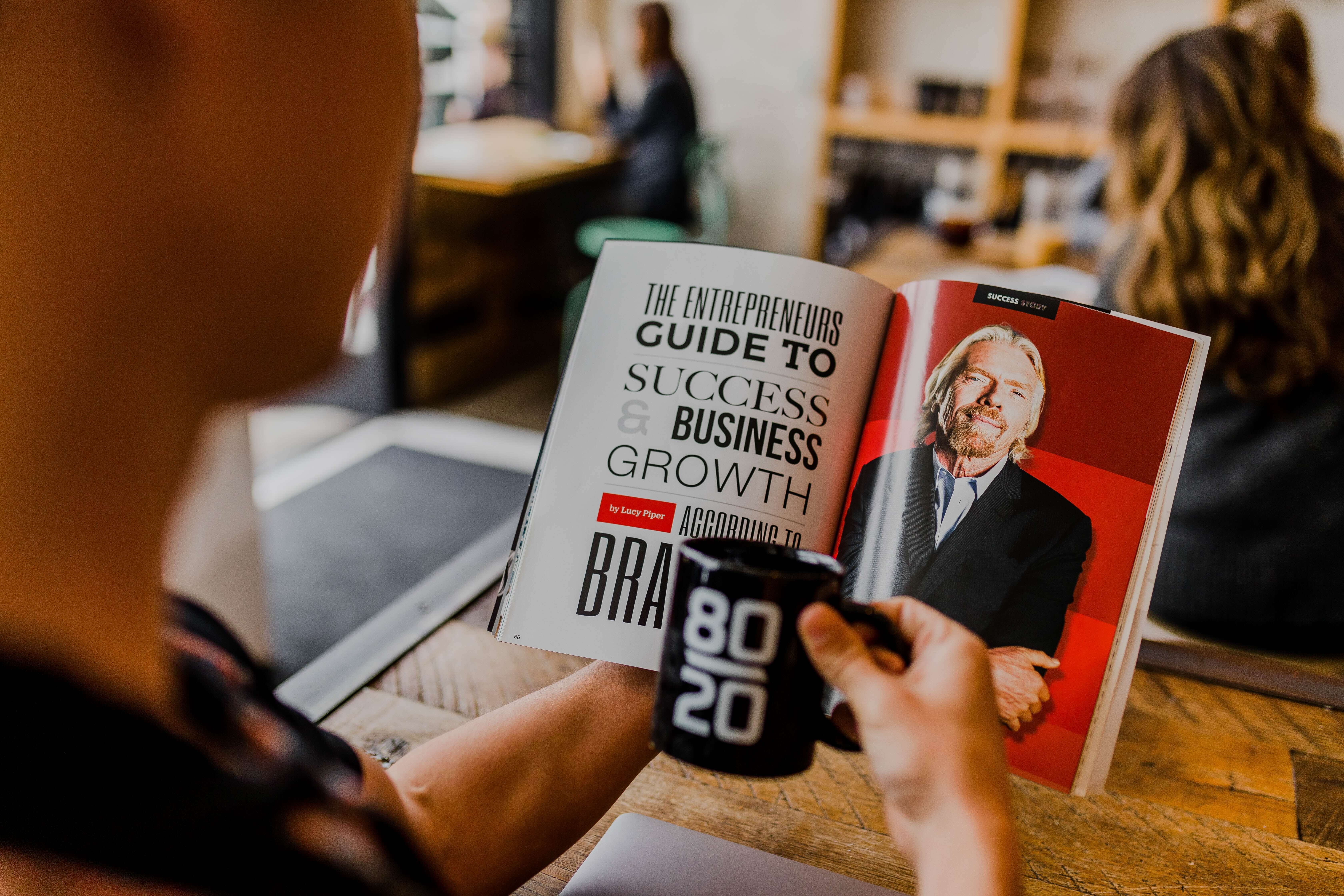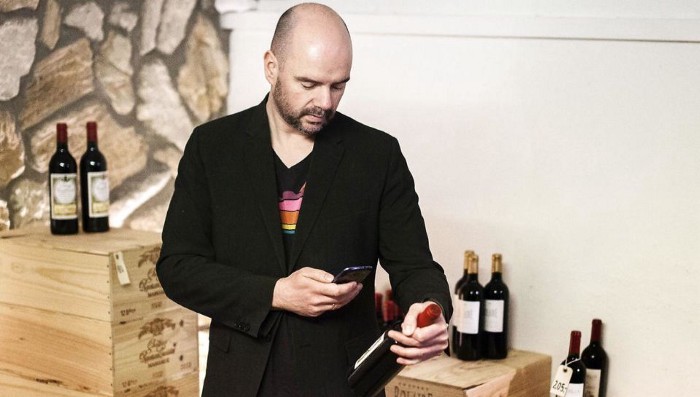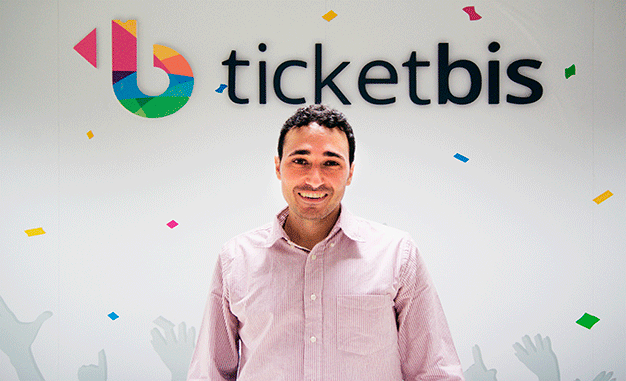
How To Be An Effective Leader
February 27th, 2020 Posted by tp33 Blog 0 thoughts on “How To Be An Effective Leader”The number one thing our clients request when working with us is training on being a better leader.
And they are not alone. Leadership as a keyword has over 4.4 billion search results on Google, and organizations in the U.S. alone spend upwards of $14 billion annually on training their employees to be leaders. Yet, somehow, most of these leadership programs fail to deliver on their promise: access to being a leader.
Why?
Here’s the quick answer. If you try to be a leader, your attention will be on acting like a leader (looking the part) rather than being a leader, which comes from a place of purpose.
In a moving conversation with Lynne Twist — a pro-activist and author who raised hundreds of millions for philanthropic causes and had the opportunity to work alongside iconic world leaders like Mother Teresa, Buckminster Fuller, Maya Angelou and the Dalai Lama (to name a few), she points to something very important about getting access to leadership:
“When you take a stand with your life, what comes through you is a level of effectiveness, inspiration, and I’ll call it guidance that one doesn’t even know is possible. You stop living your life, your little life starring you, and you live your stand. Archimedes said Give me a place to stand and I’ll move the world.“
Here are some pointers on how to access the true power of leadership:
Take a stand for something purposeful.
What moves you? Maybe you are passionate about team dynamics. Company culture? Diversity? Whatever it is, if you take a stand for something purposeful that inspires you into elevating the collective wellbeing of your community, that newly created context for your life will move you powerfully into action, or, in other words, effective leading.
As a personal example, when my identical twin girls were born at 28 weeks due to severe Twin-to-Twin-Transfusion Syndrome, I was devasted. Particularly when I found out they had up to 80% chance of dying, but I took a stand for them.
I stood for their full recovery with a clear vision that one day they would lead normal lives. It took 300 days of feeding tubes, 210 of respiratory support,180 days in the neonatal intensive care unit (NICU), two heart surgeries and many sleepless nights but today, if you met them on the street, you would never imagine what they’ve been through.
My stand pushed me to challenge doctors, advocate for the best treatment and secure therapies in the NICU, which they previously told me was not possible.
Develop the mental muscle to deal with extremes.
Unbelievable success, however you define that, often calls for you to be able to deal with extreme highs and dark lows. Why? Because you can’t feel and experience one without the other. That’s true in business and in life.
Want to start a business? Guess what, there will be days you won’t be able to peel yourself out of bed. Believe me, I’ve been there, but what really helped me was developing a muscle to remove the significance from events.
For instance, when we were in the process of having our business acquired, it was a rollercoaster. One day the deal was blowing up, the next day it was back on track. But I asked myself one question: will I survive this? The answer was always yes and knowing this helped my practice removing significance from things, which allowed for a recalibration.
Identify your unexamined beliefs that get in the way of what’s possible.
In 1977, when Lynne Twist — a pro-activist that’s raised hundreds of millions for philanthropic causes– took on ending chronic persistent global hunger at the time, it was thought impossible to achieve. She goes on to say on my podcast Unmessable, “Back then, around 44,000 people were dying every day due to hunger”, and Lynne, like many others, were resigned to the notion that nothing could or would change.
Once she realized that these limitations were something that she (and many others) had made up, she got to a point where she could visualize ending hunger and then embraced it as a challenge.
While not totally eradicated, progress has been made since 1977 to end chronic hunger globally. It decreased from 44,000 deaths per day to 15,000 per day, in a world whose population has grown by over 3 billion in that same time span.
The lesson here is that until you identify the unexamined views you hold of the world, you cannot move past them. They are your world and working with an effective coach will help uncover your blind spots.
Access to effective leadership is about tapping into a higher purpose that moves you. The storyline stops being about you and your focus is then shifted to realizing what you are most committed to.










 Unmessable podcast explores what it takes to be a great leader via candid discussions with success business operators and renown thought leaders.
Unmessable podcast explores what it takes to be a great leader via candid discussions with success business operators and renown thought leaders.
